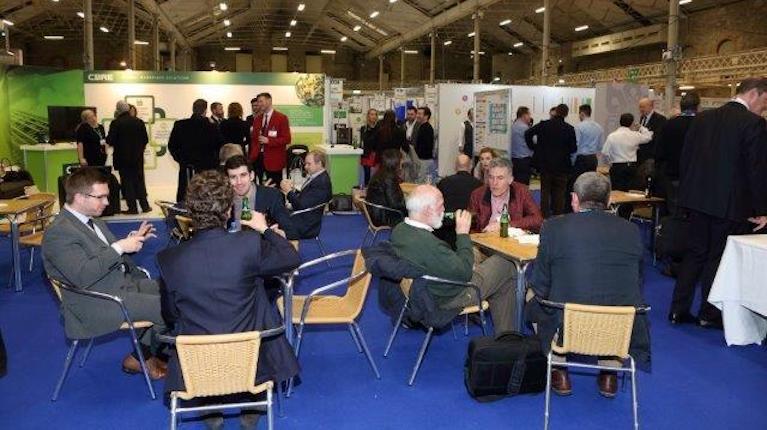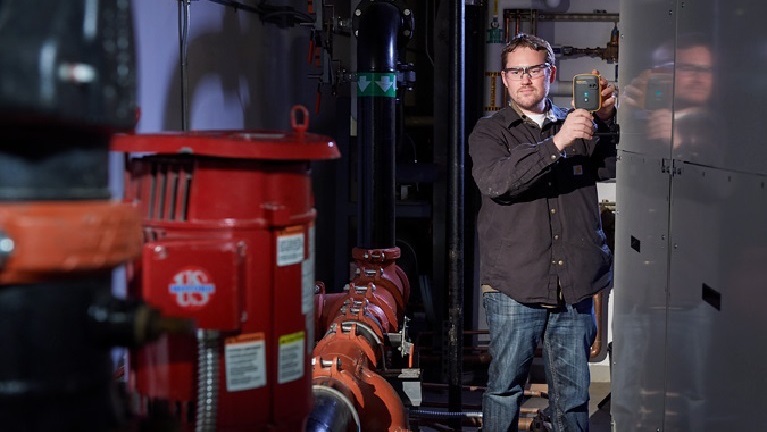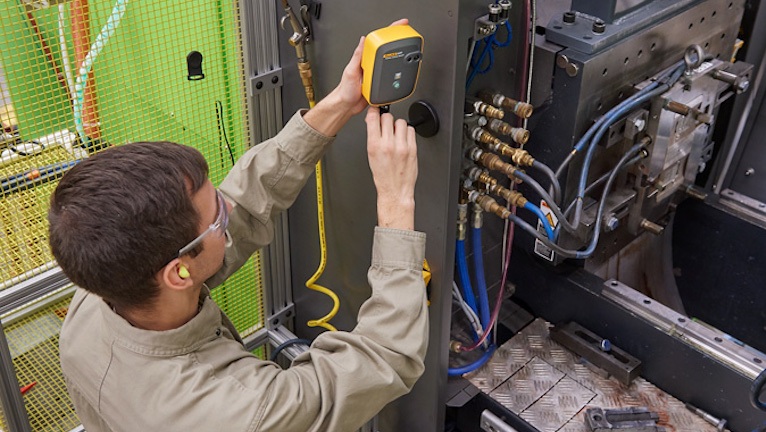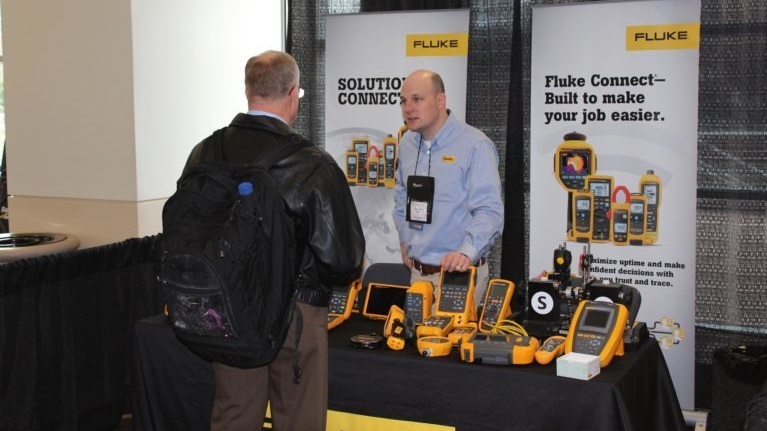How to take condition-based maintenance to a higher level with thermography
Here’s a common scenario: Your maintenance team already uses thermography to inspect critical assets, either via an in-house person trained to use an infrared camera or via a service. Inspections are performed on a regular basis and when a change in asset operating temperature is detected compared to the previous inspection, a flag goes up and secondary inspections are conducted.
Sound familiar? What’s the problem?
Since infrared cameras became more accessible and affordable for maintenance and reliability pros to use, a majority of teams have added thermography to their standard asset management practices. During a Fluke Reliability webinar by expert Michael Watson in November 2020, 62% of the audience said in a survey they were currently using thermal imaging, and another 16% were actively planning to use it soon.
Here’s the catch: Most thermal measurements are kept either on the camera or in the thermal imaging software — or, if submitted by a third-party service provider, sometimes the images are locked into pdfs. That means most thermal measurements don’t get incorporated into the central asset management records where they can be compared to other key indicators for an asset’s failure modes.
Another common stumbling block is resources. “Implementing condition-based maintenance at a facility is always planted in the field of good intentions,” says Watson, a CMRP, CRL, and product application specialist at Fluke Reliability. “Many organizations fail to harvest the benefits of asset health management because they did not build a sustainable program.
“A key person may leave the organization, or your predictive maintenance work order is assigned to your top technician, and the person is reassigned a special project. Or perhaps it’s a perfect storm of operational challenges, and the program stumbles.”
The webinar is titled, “How ‘connected’ thermography builds sustainable asset health management.” In it, Watson explains how teams could better use thermal measurements to drive maintenance outcomes if their data was connected to the cloud and made available for multiple team members to see. His presentation is available to view in full on Accelix.com.
Sustainable thermography
Watson has long been sold on the business value of thermal condition-based maintenance. But the growing value of asset health data has heightened his urgency in 2020 to help teams advance and sustain their use of thermal inspection technology for asset management.
“In order for a thermography program to be sustainable, multiple people need to be able to take images and see the data,” he says. He advises cross-training more team members on thermal imaging best practices and setting up an automatic transfer of thermal imaging data to a company’s computerized maintenance management system (CMMS), enterprise asset management (EAM) software, or other system or record. “Use the software to automate what happens after the image is taken, and the notes are added so that you can make better use of the data you’ve collected.”
Figure 1 outlines the core elements of a connected thermography program, as recommended by Watson. “The person organizing the program should be fully trained in thermography and lead the effort of outlining the process. Maintenance technicians should be trained on how to take a quality image that’s in focus.”

Try to make route-based asset screening as standardized as possible to ensure repeatability, regardless of who takes the image, Watson says. He provides examples of painting a target on the asset to be measured or a line on the floor where the thermographer should stand each time.
“Asset screening is an end-to-end process — where an image is taken, stored in the cloud, and reviewed by other people on the team so that corrective action can be taken if required. Think through how many people should see the images and who makes what kind of decisions.”
Standard work in thermal asset health management should include:
- Detailed work orders
- Standard procedures
- Repeatability assurances (clearly marked targets and footing)
- Camera settings
- Emissivity (paint markers as necessary on reflective assets)
- Tag images with asset ID and work order
Leveraging the CMMS/EAM platform
Fluke infrared cameras are Fluke Connect-enabled, which means they can automatically share thermal images with the Fluke Connect Cloud. From there, the Fluke Connect platform integrates with eMaint CMMS software. The programs enable users to add thermal images directly into asset health records, as illustrated in Figure 2.

“In Asset View,” Watson says, “your maintenance planner has the full maintenance history for that asset and can now add in the thermal history. His or her understanding of that asset’s health will be enhanced with a trend line graph of center point temperatures from the images.” Further, actions can be taken directly from the Asset View by generating a corrective work order.
Here’s what a connected data workflow looks like, according to Watson:
- Schedule route-based thermal measurements of all critical equipment
- Follow standard work to inspect assets and capture thermal abnormalities
- Integrate/upload measurements in Fluke Connect Cloud software
- Provide a detailed report of thermal images captured during asset screening and provide actionable results for the maintenance team
- Develop asset health knowledge and continuously improve
Engender sustainability with these three actions:
- Bring more people into the thermography program so that any person’s departure is not debilitating.
- Leverage cloud-based image management and your CMMS’s scheduling and process capabilities to avoid bottlenecks in the workflow.
- Continuously assess and improve the process.
Watson’s webinar presentation also addresses core thermography subjects, such as basic thermography principles, where infrared falls on the P-F curve, what kind of asset health issues it can detect, and how to use asset criticality and failure modes to determine where to conduct thermal inspections.
For those who do not yet have a thermal imaging camera, Watson also reviews infrared camera options. Watch the full webinar on Accelix.com.
Related articles:






